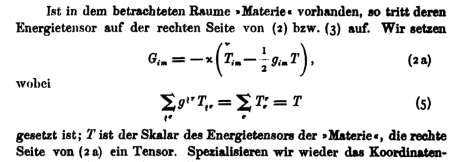A few weeks ago I was in Canberra to teach into the Advanced Futures course run by the Futures Hub at the National Security College (NSC), which is part of a joint initiative between the Australian Commonwealth Government and The Australian National University (ANU).
This was my third trip to NSC, so – according to the Goldfinger Principle – this now constitutes “enemy action” 😉
I taught into the opening morning session and, later that afternoon, took part in recording an episode for the National Security Podcast. The two other guests were Dr Ryan Young, the Director of Research & Methods at the Futures Hub, and Odette Meli, a fellow member of the NSC’s Futures Council. We were hosted by Dayle Stanley, the Director of Strategy & Engagement for NSC. The topic was: “Mapping the future: how strategic foresight can supercharge policymaking.”
It was a wide-ranging discussion, covering a lot of territory, and was focused primarily on helping people who may not be familiar with futures analysis understand how futures can be useful in their strategic, policy and decision-making contexts. We were asked to give concrete examples of how our work has been useful, and it was very interesting to hear the other guests’ experiences – very often we carry out our foresight engagements in isolation from other practitioners, so hearing from others about their work is always fascinating and valuable.
As ever, I hope it is both interesting and useful.
https://play.acast.com/s/the-national-security-podcast/mapping-the-future/

 The final major piece of the scanning puzzle is the issue of timing: how often, or according to what sort of timetable, is the scanning in your organisation to be carried out? That question depends on how aware you want to be about what is going on in the external environment, and what your tolerance is for the risk of being blindsided out of existence by events or emerging issues in that environment. (
The final major piece of the scanning puzzle is the issue of timing: how often, or according to what sort of timetable, is the scanning in your organisation to be carried out? That question depends on how aware you want to be about what is going on in the external environment, and what your tolerance is for the risk of being blindsided out of existence by events or emerging issues in that environment. (